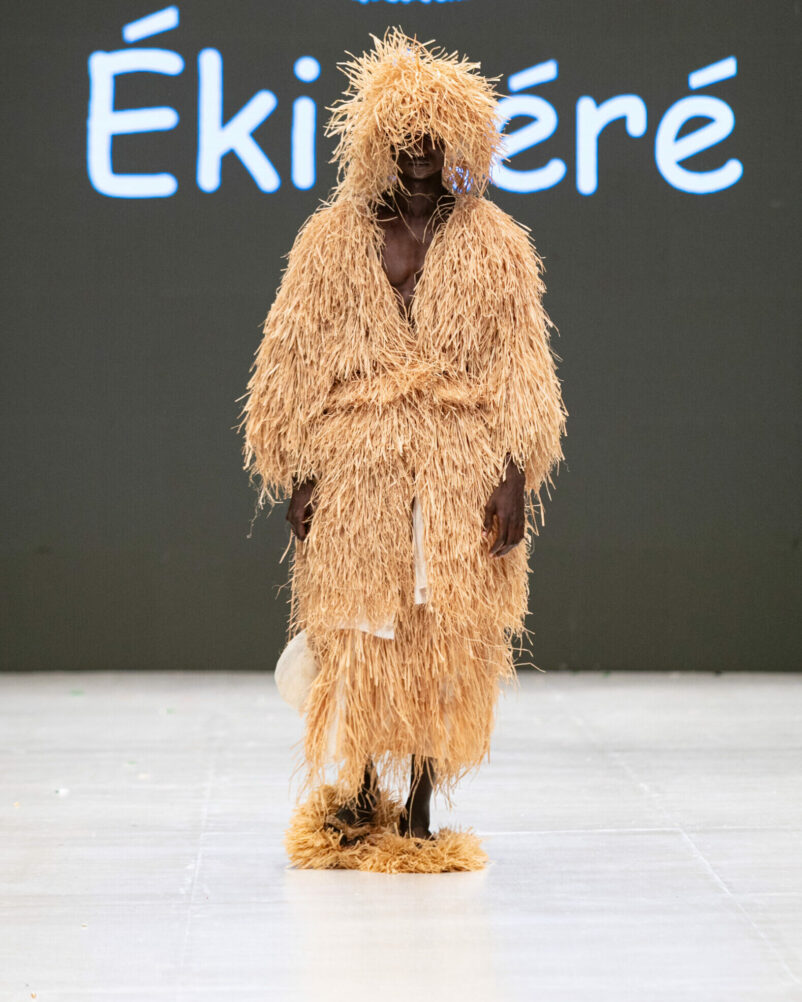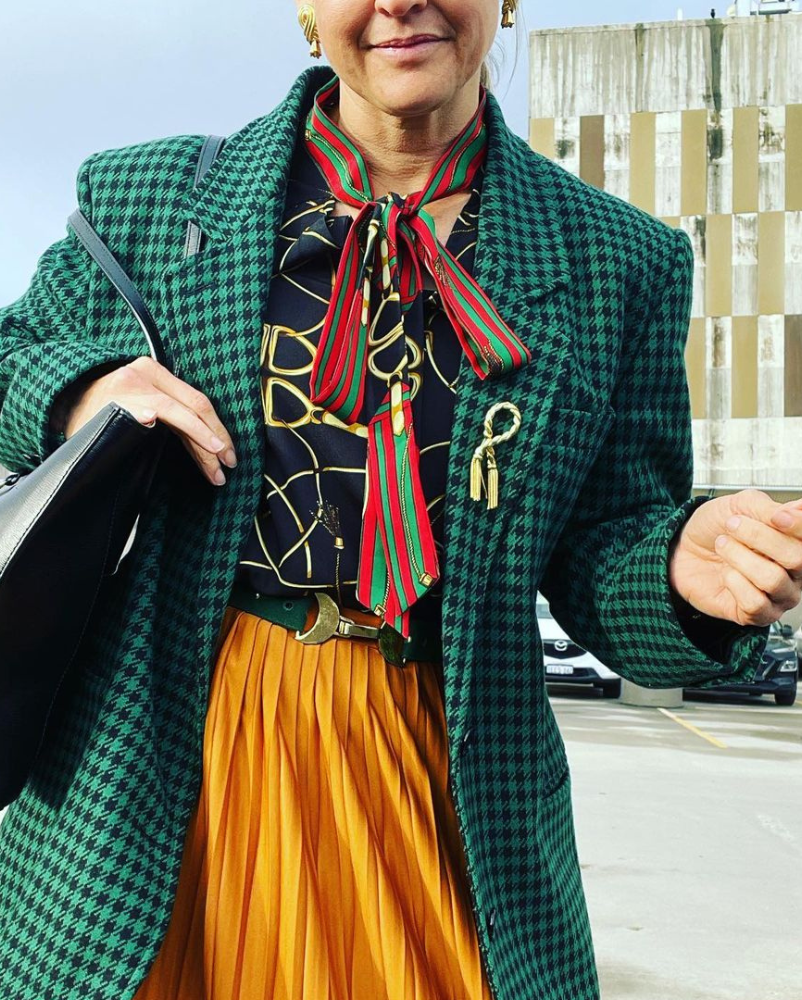
Are you on the hunt for the perfect vintage designer piece? Be warned. It’s very common to come across items labeled as ‘vintage’ that aren’t the real deal, which is why it’s imperative to be able to distinguish an original from a knock-off. However, authenticating vintage designer clothing can be a pain in the side, especially for those who are new to collecting. But don’t fret as there are some easy tips to get you started right.
Fortunately, first-timers don’t have to go out helplessly. This article is your primer on how to tell if a designer clothing item is an authentic vintage piece. It will cover the key factors, including labels, materials, and garment constructions. By following these tips, you can feel confident in your vintage designer purchases and add some extraordinary pieces to your wardrobe.
What Is vintage clothing?
To begin, it’s crucial to understand what people mean by ‘vintage.’ Vintage clothing technically refers to items at least 20 years old. But to fashion collectors and the general public, they cover any piece of clothing from the 1920s to the 1980s. Those that come from the 1990s and beyond are generally considered modern or contemporary.
Many people collect vintage clothing for its aesthetic appeal or simply to indulge in a specific period in fashion history. Some people also appreciate the craftsmanship and attention to detail that went into the production of these pieces.
Vintage designer clothing is highly sought-after and is often considered a valuable investment. However, with the rise in popularity of these pieces, it’s become increasingly difficult to tell if a piece of clothing is genuinely vintage or if it’s a copy. Unsurprisingly, you can find authentic vintage pieces from used designer clothing stores. You just need to be thorough and scrutinize pieces one by one in order to cop a true treasure.
Check out 4 simple tips on how to authenticate vintage designer clothing…
#1. Look at the label
One of the key ways to tell if designer clothing is authentic is to look at the label. Older pieces will typically have a different label than the current one used by the designer. For example, if you’re looking at a vintage Chanel piece, the label may say ‘Made in France’ rather than ‘Made in Italy.’
In addition, vintage designer labels may have fonts, logos, or other identifying features distinct from typical pieces the designer produces today. Keep in mind that labels can be misleading or tampered with, so don’t jump straight to buying at this point.
#2. Examine the construction
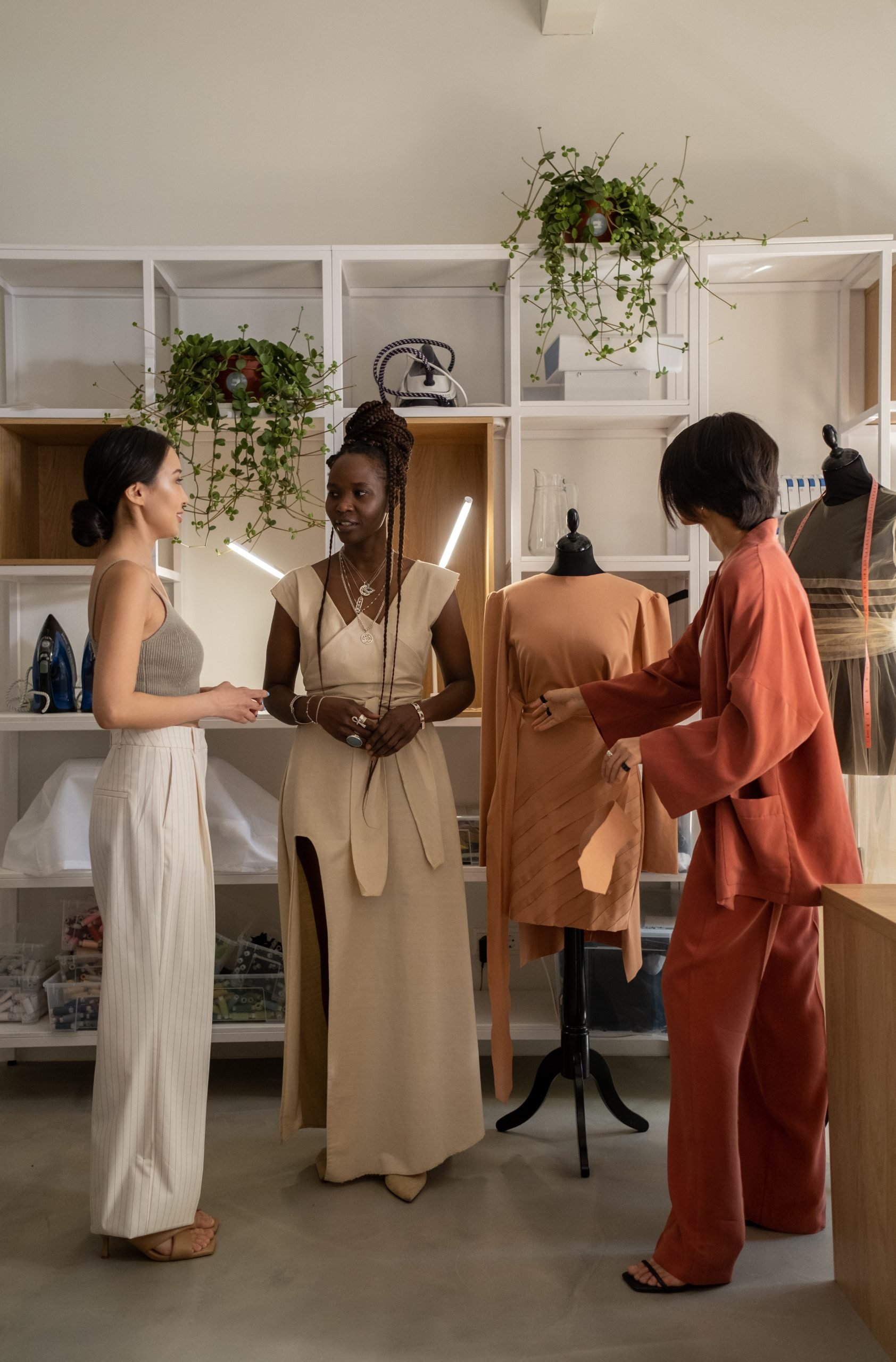
The next way to know if a designer clothing item is an original vintage is to examine the garment’s construction. Vintage pieces were often made with higher quality, distinct materials, and had more attention to detail than later, mass-produced garments.
Vintage clothing often has hand-sewn seams, hems, and buttonholes, while more modern garments are machine-sewn and are not as neatly finished. The zippers may be metal, which is more durable than the plastic zippers found on current pieces. Also, most vintage clothing has a full lining, while modern clothes may have a partial lining or none at all.
However, construction alone isn’t a definitive way to determine the age of a garment, as some modern clothing may be made with high-quality materials and lots of care put into the design.
#3. Consider the style of the clothing
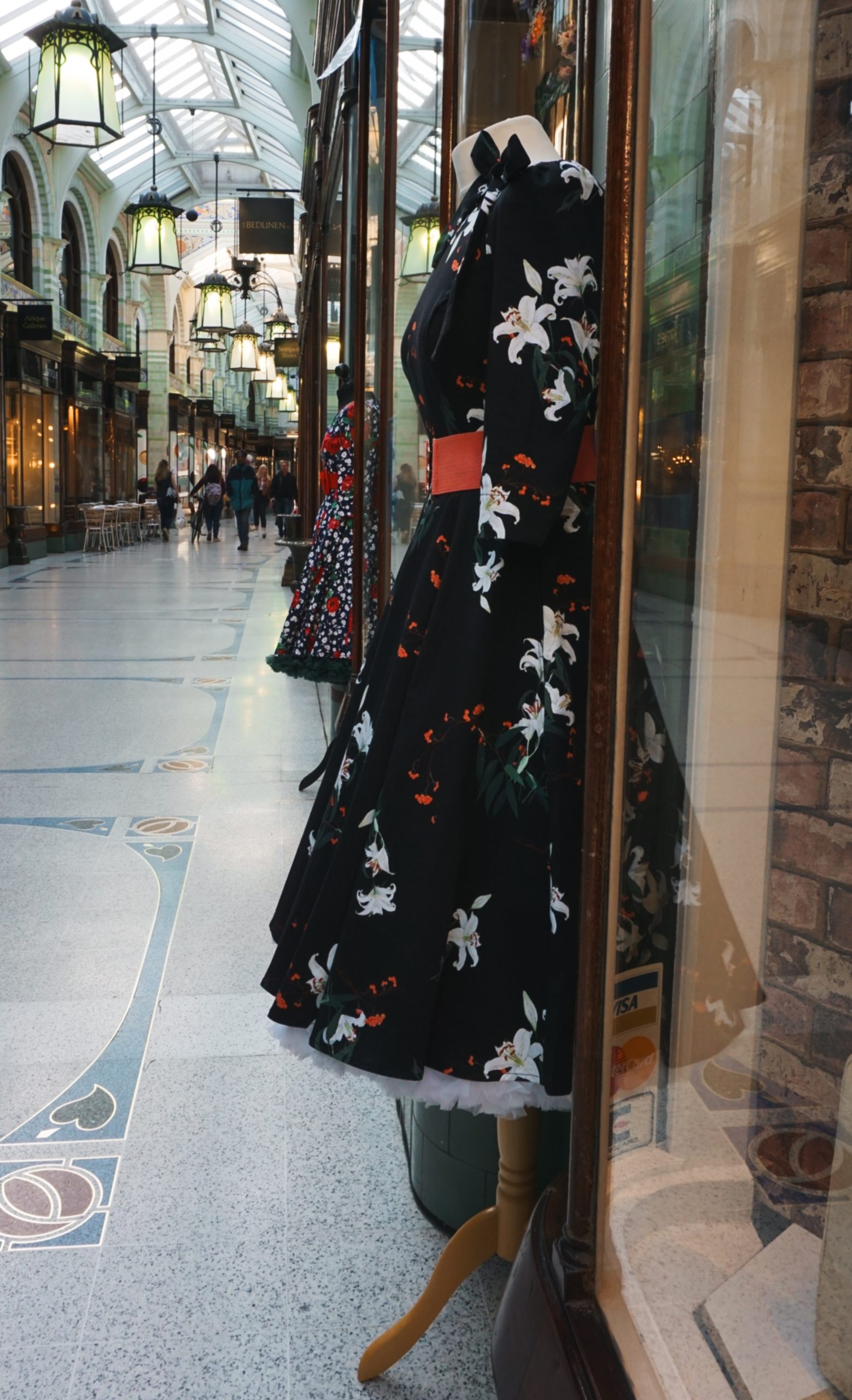
Another factor to consider when determining if designer clothing is vintage is the style. Vintage clothing is often characterized by unique and distinct styles that may or may not be in vogue today.
These pieces often have a different silhouette than modern garments, too. For instance, they may have a more fitted waist and a full skirt, while modern dresses may have a looser fit. You can also look for unique details traceable to a specific time period, like ruffles, pleats, or beading. These are mostly seen as little kitsch today.
Additionally, fabric patterns can also be a good indicator of the age of a garment. Vintage clothing usually had bold prints or patterns, as was popular in older pop culture.
Lastly, vintage clothing may use a different color palette than modern garments. They usually have more muted or subdued colors in contrast to today’s sharper, more defined hues.
#4. Look for care labels and tags
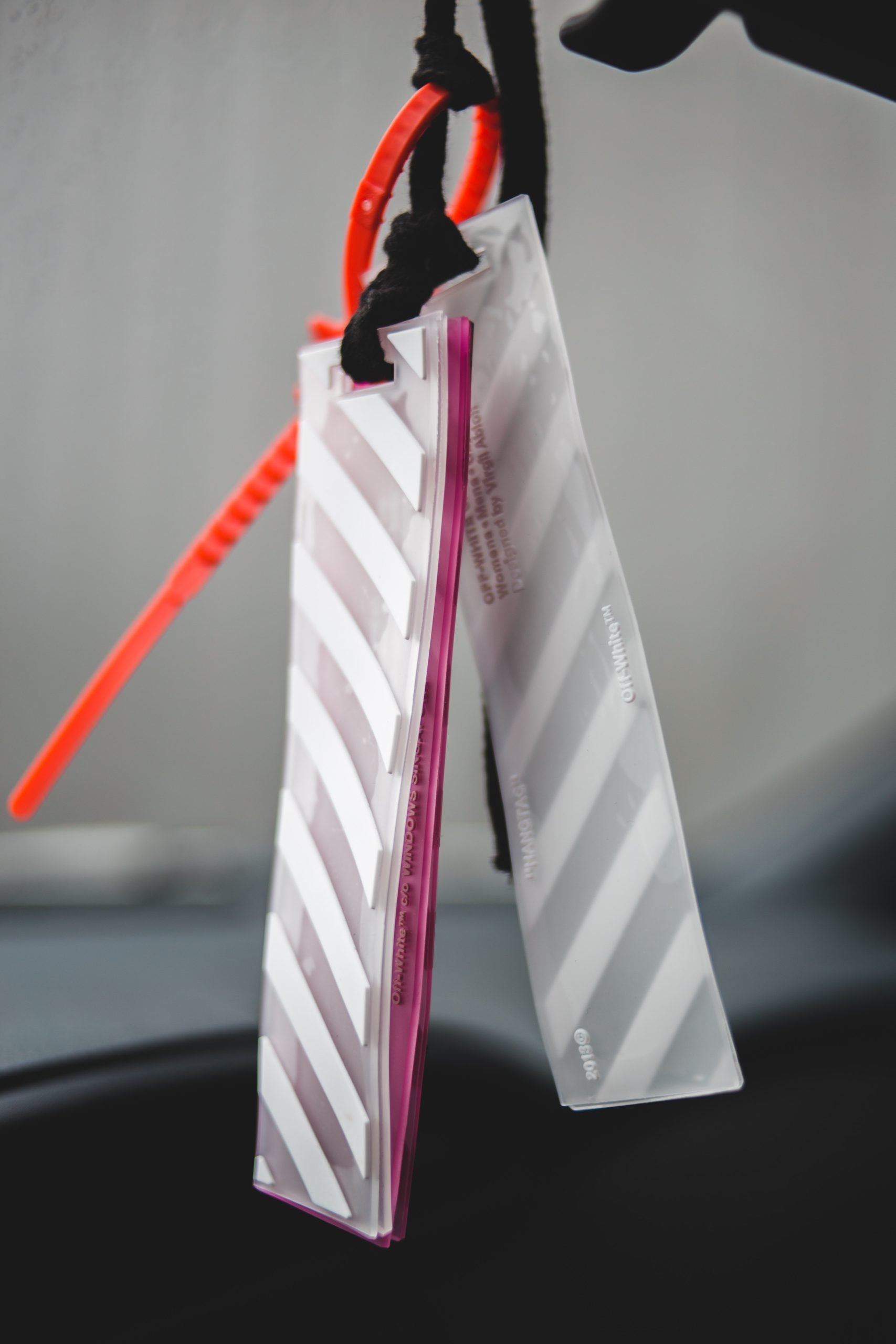
Finally, you can determine the age of the clothing by looking at any care labels or tags still present. Care labels and tags were not required on clothing until the 1970s, so if the piece has a care label or tag, it’s probably not vintage.
In conclusion
Determining if designer clothing is genuine vintage is tricky. But these tips should help you sort out what’s truly old and what just looks like it. By checking the label, examining the construction, and comparing the style of a piece, you get a better idea of its authenticity. Start your search today!
For the latest in fashion, lifestyle and culture, follow us on Instagram @StyleRave_
This is a Style Rave original content exclusively created for our readers. If reproduced, distributed, transmitted, cached, or otherwise used by any other publishing house or blogs, such use should provide a direct link to this source article. Use of and/or registration on any portion of this site constitutes acceptance of our Terms & Conditions and Privacy Policy.



